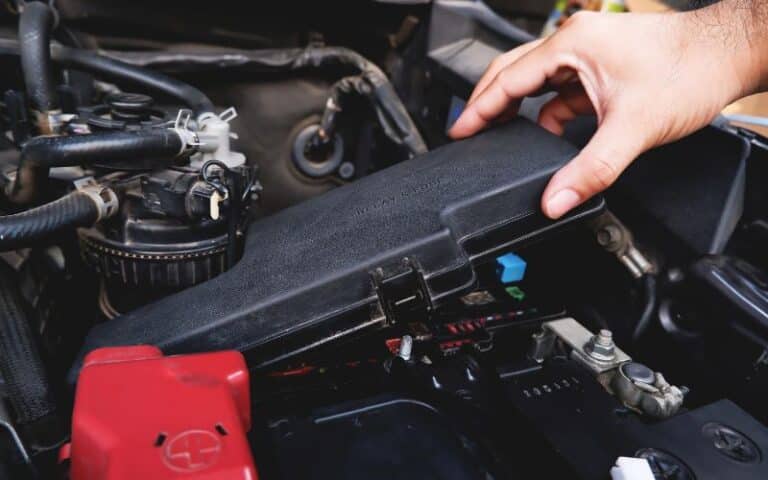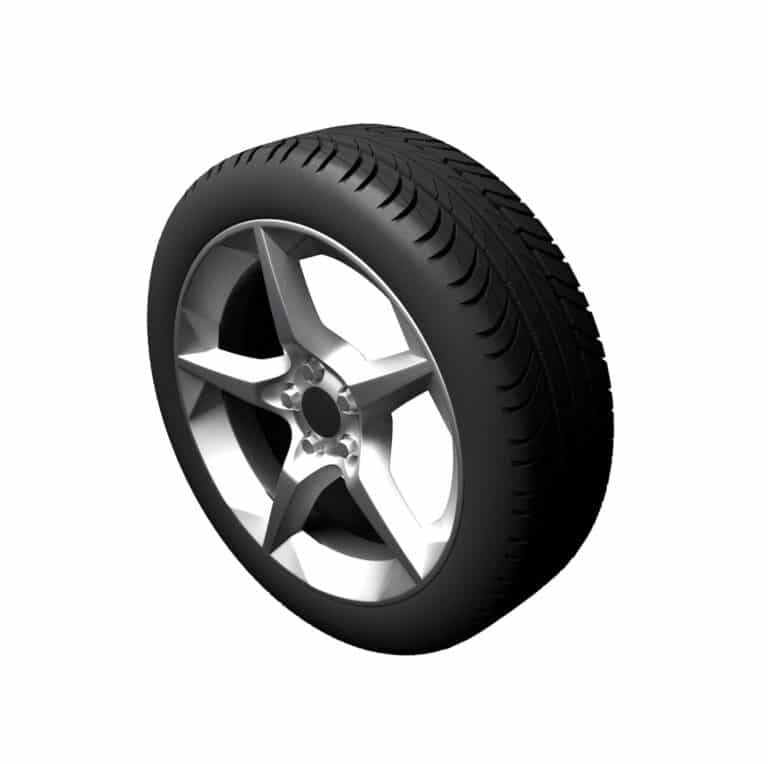NEMA 14-50 Vs. 6-50 (In-Depth Comparison)
Electric Vehicles are best for saving money on gas, and they can travel long distances once fully charged.
However, the efficiency of any electric vehicle depends on how much you charge it and its battery condition.
Although there are common charging locations around you to charge your vehicle, you can also install a charging outlet at home.
The two best options you can choose are the NEMA 14-50 and 6-50.
A NEMA 14-50 is the ideal charging recommendation for electric vehicles. It is better than a 6-50 because the 6-50 does not have a neutral hole. Also, the 14-50 is more common and likely to exist for a longer time. However, they are both efficient plugs for high-power appliances that use a maximum of 50 Amp circuit breakers.
What is the Difference Between a NEMA 6-50 and 14-50 Plug?

The difference between a NEMA 6-50 and 14-50 plug is that the latter has a neutral hole, and the former doesn’t have a neutral one.
The neutral hole difference is obvious when you look at both plugs closely.
The 6-50 plug doesn’t have the fourth hole usually located at the bottom of the 14-50 plug.
The fourth hole is neutral; hence the 6-50 plug has only three holes.
The easiest way to identify a NEMA 14-50 plug is to check its number of holes. It contains neutral, ground, and two hots slots.
The NEMA 6-50 plug contains the ground and two hots slots. Furthermore, the 14-50 plug is more common than the 6-50 plug.
The reason is that most electric cars usually use a 14-50 to charge. Although, the 6-50 plug is cheaper and can also power high-level appliances.
However, the NEMA 14-50 plug is popular for charging electric cars in most places.
It produces about 50 Ampere of electrical power and is safe to use.
Additionally, installing a NEMA 6-50 plug is easier because it has no neutral slot and does not require you to make neutral connections for the plug.
However, the neutral wire increases the cost and stress of installation in the 14-50.
Also, you can use the NEMA 6-50 plug as a connector for various purposes. It is compatible with household 50 Ampere circuits at 240 volts.
You can use household appliances like ovens and washing machines. Its power cord is also smaller and more flexible.
Here are the major differences between a NEMA 14-50 plug and a 6-50 plug.
| NEMA 14-50 | NEMA 6-50 |
|---|---|
| It is the most popular charging option for electric vehicles. | It is not available in most charging spots, especially RV parks. |
| Its installation and receptacle are expensive. | The receptacle is less costly, and it is not expensive to install. |
| The cables are bigger and less flexible. | The cable is flexible, and it has a small cross-section. |
| Its installation involves more wires because of the neutral hole. | You would need fewer wires to install a 6-50. |
| It is a stove plug. | It is a welder plug. |
What is a NEMA 14-50 Plug Used for?
The NEMA 14-50 plug is useful for high-power devices. It is an easy-to-install electrical plug that you can use for electric ovens and dryers.
It is also useful for charging electric vehicles, and installing it at home and in RV parks is safe.
It can work effectively with standard household electrical supply, although you need to install it in a 50 Ampere circuit.
Additionally, the plug rating is 50 Amperes at an input power of 240 Volts electrical supply.
Hence, the need to install a 50 Ampere dedicated circuit equivalent to the ratings.
Experts recommend using the 14-50 plug for charging electric vehicles at home because of its ability to work with high-power devices effectively.
Also, when you need to carry out a level 2 charging on your vehicle, you can use a NEMA 14-50 plug.
It is a versatile plug compatible with any size of electric vehicle.
Furthermore, the circuit breaker makes it safe to use at home without posing any risk or danger.
Therefore you can consider the NEMA 14-50 plug a normal home charger for your electric car and other vehicles.
How Many Amps is a NEMA 6-50?
The maximum amperage for a NEMA 6-50 plug is 50 Amperes at 250 Volts electrical supply for appliances.
However, using it to charge a Tesla allows the car to draw an electrical current of 32 Amperes at 240 Volts.
However, the charging speed would vary in different Tesla models.
Also, you would need its unique connectors since it does not contain a neutral hole like the 14-50 plug.
Additionally, you can use the NEMA 6-50 for appliances with extremely high power requirements.
You can mount it on a standard electrical outlet box. You connect appliances with welder plugs and three horsepower ratings to electrical sources with a NEMA 6-50 plug.
It is suitable for electric stoves and dryers that consume a higher amount of electric supply than other appliances.
How Fast Does a Tesla Charge With a NEMA 14-50?
A Tesla can charge 37 kilometers per hour with a NEMA 14-50 plug with the standard 240 Volt electrical supply and a 50 Amperes circuit breaker.
The NEMA 14-50 plug charges the long-range vehicle models at 40 Amperes; they include Tesla Model 3, Model S, and Model X.
The mid-range and normal range vehicles charges at 32 Amperes with 240 Volt.
However, the amount of power left in the car battery would determine the charging time of the Tesla vehicle.
The charging station you use would also affect the charging speed of the vehicle.
The average time it would take to charge any Tesla model would be 10 hours.
Although, you need to use a standard Tesla charger with a 14-50 connector to achieve this charging time.
Another factor determining a Tesla vehicle’s charging speed is your electrical outlet.
You must use the ideal circuit breaker and compatible outlet for a NEMA 14-50 plug.
Also, you need to ensure that the electrical supply from the wall outlet is 240 Volts.
It is essential to let your electrician know the requirements and purpose of the outlet before installation.
It is best to be certain that the electrical supply in your home can efficiently charge your Tesla because it is a high-performance vehicle.
Therefore, letting a professional electrician confirm and install the outlet would be best.
Also, getting the unique Tesla NEMA 14-50 plug is best for a faster and easier charging experience.
In addition, it is more convenient since it specifically uses the 14-50 outlets for Tesla vehicles.
Finally, the model of your Tesla vehicle would determine the charging rate and time.
However, the 14-50 charging won’t be extremely fast compared to the vehicle’s supercharging.
A supercharger is the fastest charging method for any Tesla. However, the car would charge at its pace and speed if you use a 14-50.
Therefore, it is essential to know the charging time of each type of Tesla differs.
The long-range vehicles would charge at a slower rate in comparison to the mid-range and normal-range vehicles.
Hence, they require a longer charging time, especially if you are not supercharging them.
Here are the different models of Tesla electric vehicles and their charging time using a NEMA 14-50 plug.
| Tesla Models | Charging Time |
|---|---|
| Model S | Charges fully within 17 to 18 hours. |
| Model X | 18 hours for a full charge. |
| Model 3 | Charges fully for a minimum of eight hours and a maximum of 12 hours. |
| Model Y | 11 to 12 hours for a full charge. |
NEMA 14-50 vs 6-50: DON’T INSTALL EITHER BEFORE WATCHING THIS
Conclusion
In conclusion, the plug type does not disturb your electric vehicle’s charging efficiency.
The NEMA 6-50 would effectively charge your vehicle without any issue.
However, it is ideal to use the NEMA 14-50 because it is the best type of plug vehicle manufacturers recommend. It is also easier to use a 14-50 in any location.






